|
Dialogue tags – or speech tags – are what writers use to indicate which character is speaking. Their function is, for the most part, mechanical. This article is about how to use them effectively.
A dialogue tag can come before, between or after direct speech:
Placed in between direct speech, tags can moderate the pace by forcing the reader to pause, and improve the rhythm by breaking up longer chunks. Rather than give you a bunch of zombie rules that you’ll want to break about two seconds after you’ve read them, here are three guidelines to bear in mind when thinking about which tags to use, which to avoid, and when you might omit them altogether:
Why said often works best, and when it’s not enough The speech tag said ‘is a convention so firmly established that readers for the most part do not even see it. This helps to make the dialogue realistic by keeping its superstructure invisible,’ say Mittelmark and Newman in How Not to Write a Novel (p. 132). I agree, and I recommend you embrace it! If someone’s told you to avoid repeating said, head for your bookshelf and take a peek inside some of your favourite novels for reassurance. If you deliberately try to avoid said, you run the risk that your writing will reflect that intention. If your reader is focusing on your avoidance, their focus is not where it should be – on your story. Still, there will be times when you’ll want a tag that tells your reader about, say, the sound quality, the mood of the speech, or the tone of voice. Speech tags aren’t the only way to do this – for example, you could use action beats before the dialogue, or adverbial phrases after your tags – but few readers will complain if you use the likes of whispered, yelled, shouted, muttered or whined. Hissed is one that I rather like, though some writers and editors are less keen. Even though said 's invisibility makes it harder to overuse, avoid the temptation to place it after every expression. Here’s an example of how it looks when it's been overworked (see, too, the final section in this article, ‘Omitting dialogue tags’):
EXAMPLE: OVERUSE OF SAID
‘Tag it,’ he said. ‘Why?’ she said. ‘Because it’s the right thing to do,’ he said. ‘I suppose you’re right,’ she said. 'I'm glad you agree,' he said. Showy speech tags and underdeveloped dialogue Showy tags can overwhelm dialogue. Since you’ve written your dialogue for a reason, that’s where the reader’s attention should be. When the tag is more visible than the speech, it’s a red flag that the dialogue, not the tag, needs enriching:
EXAMPLE: SPEECH TAG OVERWHELMS THE DIALOGUE
‘The way he was dressed, the attack was inevitable,’ preached McCready. Instead, we might amend the dialogue so that it conveys the preaching tone, and leaves the tag (said) with the mechanical function of indicating who’s speaking:
EXAMPLE: ENRICHED DIALOGUE; SIMPLER SPEECH TAG
‘Oh, come on,’ McCready said. ‘You dress like that, you’re going to attract the weirdos. Just the way it is. He had it coming, no question.’ Showy speech tags and double-telling Some speech tags are just repetitions of what the reader already knows – they double-tell. Asked and replied are two common examples, though these are used so often that they don’t fall into the showy category. For that reason, I don’t think you need to go out of your way to avoid these, though do take care not to overuse them. Showier examples – such as opined, commanded, threatened – become redundant if you’ve got the dialogue right:
EXAMPLES: SHOWY SPEECH TAGS THAT DOUBLE-TELL
‘But it’s none of our business how Jan makes her living,’ opined Jack. ‘Stand down, soldier! That’s an order,’ the general commanded. ‘If you tell a soul what you heard here today, I swear I will kill you and everyone you have ever loved,’ Jennifer threatened. ‘That’s amazing!’ he exclaimed. In the first three examples, it’s clear from the dialogue that an opinion, a command and a threat have been given. The speech tags repeat what we already know; we should consider whether said is a less invasive alternative. In the fourth example, amazing and the exclamation mark (!) tell us that the speaker exclaimed, so again the showy tag is redundant. It’s a question of style, of course. I’m not giving you rules but suggesting ways of thinking about the function of your tagging so that you keep your reader immersed in the spaces of your choosing. Non-speech-based dialogue tags and the reality flop Even if you decide you do want a more extravagant tag than said, take care when using verbs that are not related to the mechanics of speaking. Examples include: smiled, gesticulated, ejaculated, thrusted, fawned, scowled, winced, smirked, sneered, pouted, frowned, indicated and laughed. The physicality of these verbs will jar your reader and they immediately introduce an element of inauthenticity into the prose. They’re great words for describing what other parts of a person’s body can do, but are unsuitable for use as dialogue tags:
EXAMPLES: UNSUITABLE NON-SPEECH-BASED TAGS
‘Martin, you’re not seriously going to wear that, are you?’ she laughed. 'You,' she smiled, 'are the best thing that's ever happened to me.' Try one of the following instead:
EXAMPLES: ACTION BEATS AND ADVERBS; SIMPLER OR OMITTED SPEECH TAGS
‘Martin, you’re not seriously going to wear that, are you?’ she said, laughing. [Uses laughed adverbially.] She laughed. ‘Martin, you’re not seriously going to wear that, are you?’ [Uses laughed in an action beat.] 'You' – she smiled – 'are the best thing that's ever happened to me.' [Uses smiled in a mid-sentence action beat. Note the spaced en dashes. If you were styling according to US convention you could opt for double quotation marks and closed-up em dashes.] Alternatives to showy speech tags – more on action beats Rich action beats can complement or even replace speech tags, and are useful if you want to keep your dialogue lean and are tempted to use a showy speech tag. Keep them on the same line as the speaker they’re related to. Action beats let you set the scene so that the reader can fill in the gaps with their imagination while a character is speaking. Here’s an example of dialogue with a showy speech tag – moaned:
EXAMPLE: SHOWY SPEECH TAG
‘My back teeth are killing me,’ James moaned. In the alternative below, the reader can discern the moaning manner in which the speech is delivered because James’s discomfort is shown in the action beat preceding it:
EXAMPLE: ALTERNATIVE USING ACTION BEAT
James pressed two fingers to his cheek and winced. ‘My back teeth are killing me.’ Notice how the action beat is punctuated. There’s a full stop (period) after winced. Neither of these examples is wrong or right. You might decide that you prefer one over the other. Rather, I’m showing you alternatives so that you can make informed decisions about how to make your writing engaging. Using proper nouns in dialogue tags If your fiction is gender binary (and it might well not be) and the genders are known to the reader, you needn’t repeat the speaker’s name every time they appear in a dialogue tag. You can use third-person singular pronouns: he and she. Clarity is everything here. Notice how Alexander McCall Smith uses nouns and pronouns in his dialogue tags, and peppers the text with action beats so that the reader knows who’s speaking (The No.1 Ladies’ Detective Agency, p. 125):
EXAMPLE: MIXING UP PRONOUNS AND PROPER NOUNS
Mma Ramotswe nodded her head gently. Masculine bad behaviour. ‘Men do terrible things,’ she said. ‘All wives are worried about their husbands. You are not alone.’ Mma Pekwane sighed. ‘But my husband has done a terrible thing,’ she said. ‘A very terrible thing.’ Mma Ramotswe stiffened. If Rra Pekwane had killed somebody she would have to make it quite clear that the police should be called in. She would never dream of helping anybody conceal a murderer. ‘What is this terrible thing?’ she asked. Mma Pekwane lowered her voice. ‘He has stolen a car.’ [...] Mma Ramotswe laughed. ‘Do men really think they can fool us that easily?’ she said. ‘Do they think we’re fools?’ ‘I think they do,’ said Mma Pekwane. Omitting dialogue tags If you’re confident your reader can keep track of who’s saying what in a conversation, you can omit dialogue tags altogether. Once more, it’s not about rules but about sense and clarity. This will work best if there are no more than two characters in the conversation, and even then, most writers don’t extend the omission for more than a few back-and-forths before they introduce a reminder tag or an action beat. Here’s an example from Peter Robinson’s DCI Banks novel Sleeping in the Ground (pp. 273–4). There are two characters in this scene: Banks and Linda. Robinson omits most of the dialogue tags in this conversation because it’s clear who’s speaking, but he keeps us on track with an action beat and a tag halfway through:
EXAMPLE: KEEPING THE READER ON TRACK
‘So do I,’ said Banks. After a short pause he went on. ‘Anyway, I seem to remember you told me you went to Silver Royd girls’ school in Wortley.’ ‘That’s right. Why?’ 'Does the name Wendy Vincent mean anything to you?’ ‘Yes, of course. She was the girl who was murdered when I was at school. [...] It was terrible.’ Banks looked away. He couldn’t help it, knowing the things that had happened to Linda, but she seemed unfazed. ‘That’s right,’ he said. ‘And there was something about her in the papers a couple of year ago. The fiftieth anniversary. Right?’ ‘That’s the one.’ ‘It seems a strange sort of anniversary to celebrate. A murder.’ ‘Media. What can I say? It wasn’t a [...]’ Summing up When it comes to dialogue, remember the function of the tag: to indicate which character is speaking. Says Beth Hill, ‘These tags are background, part of the mechanics of story; they meet their purpose but don’t stand out. They let the dialogue take the spotlight’ (The Magic of Fiction, p. 166). So, during the self-editing process:
Cited sources and further reading
Louise Harnby is a line editor, copyeditor and proofreader who specializes in working with crime, mystery, suspense and thriller writers.
She is an Advanced Professional Member of the Chartered Institute of Editing and Proofreading (CIEP), a member of ACES, a Partner Member of The Alliance of Independent Authors (ALLi), and co-hosts The Editing Podcast.
12 Comments
Lindsey Russell
23/9/2018 11:18:45 pm
Timely reminder of what to be looking out for as I'm on the first run through of the third edit.
Reply
Louise Harnby
24/9/2018 05:28:50 pm
Glad it's useful, Lindsey!
Reply
Kelly-May Macdonald
26/9/2018 11:52:56 pm
An informative and well-written article which I found very useful! Thank you!
Reply
Louise Harnby
27/9/2018 09:49:48 am
Thank you, Kelly-May. Glad it helped!
Reply
Thanks for this, Louise. Two points from me.
Reply
Re. my first comment – all the indents have disappeared!
Reply
Louise Harnby
1/11/2018 10:59:13 am
Hi, Sue!
Reply
Patty
10/5/2019 08:16:05 pm
I've not edited a lot of fiction. But recently, I've been listening to an audiobook. It's a detective story. Thankfully, the author uses pronouns and simple tags: "he said" and "she said." But when a person's name is used, it's always "said John" and "said Mary." I'm finding the word order distracting. The rest of the writing seems good enough.Is it just my funky ears, or is it more common to write the other order, namely, "John said" and "Mary said."
Reply
Louise Harnby
11/5/2019 07:10:28 pm
I tend to consider flow when I'm editing written content. There's certainly no rule, but 'X said' is probably more common. Having it the other way doesn't bother my ears or eyes, but that could well be a personal thing! I'll probably pay a lot more attention now you've mentioned it. Will investigate and blog about my findings!
Reply
Robin
21/9/2019 07:50:18 am
Hi Louis, most informative guidance on writing dialog. I have been at pains to explain to my Euro friends that, in spoken English, the emphasis placed on a particular word in a short sentence (say half doz words) can greatly change its meaning
Reply
Louise Harnby
21/9/2019 01:36:50 pm
Hi, Robin.
Reply
Leave a Reply. |
BLOG ALERTSIf you'd like me to email you when a new blog post is available, sign up for blog alerts!
TESTIMONIALSDare Rogers'Louise uses her expertise to hone a story until it's razor sharp, while still allowing the author’s voice to remain dominant.'Jeff Carson'I wholeheartedly recommend her services ... Just don’t hire her when I need her.'J B Turner'Sincere thanks for a beautiful and elegant piece of work. First class.'Ayshe Gemedzhy'What makes her stand out and shine is her ability to immerse herself in your story.'Salt Publishing'A million thanks – your mark-up is perfect, as always.'CATEGORIES
All
ARCHIVES
July 2024
|
|
|
|


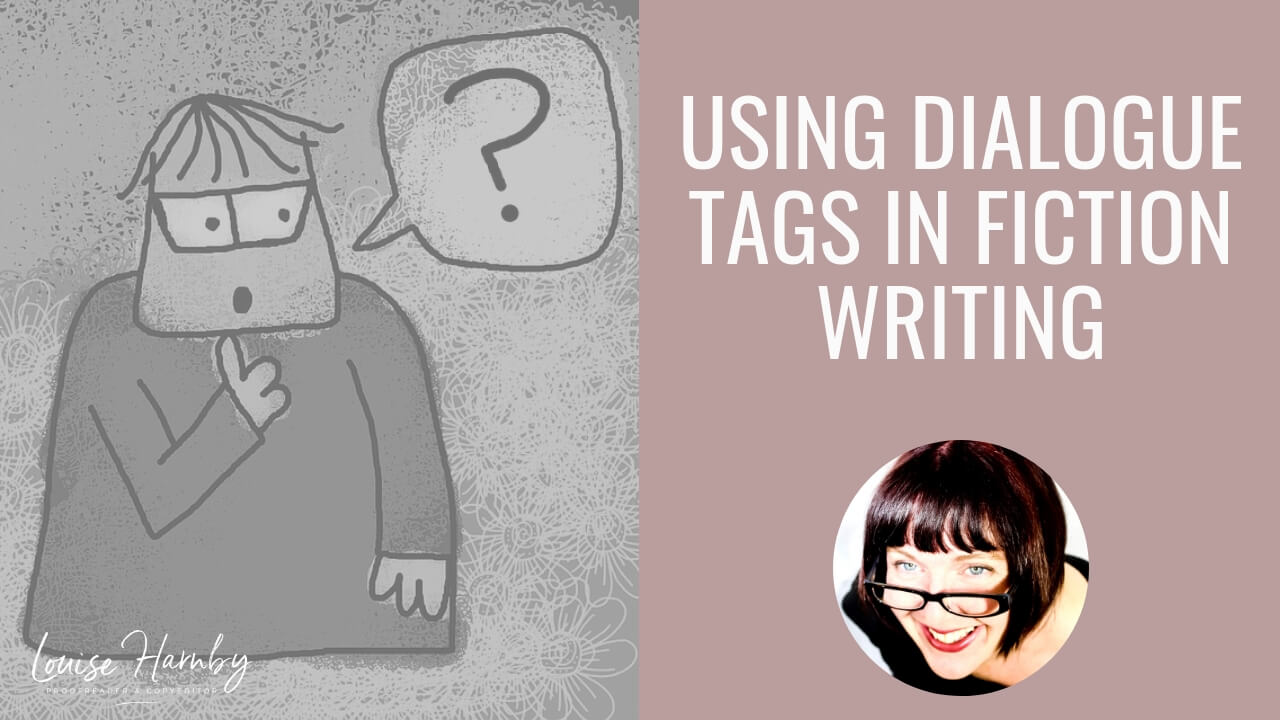
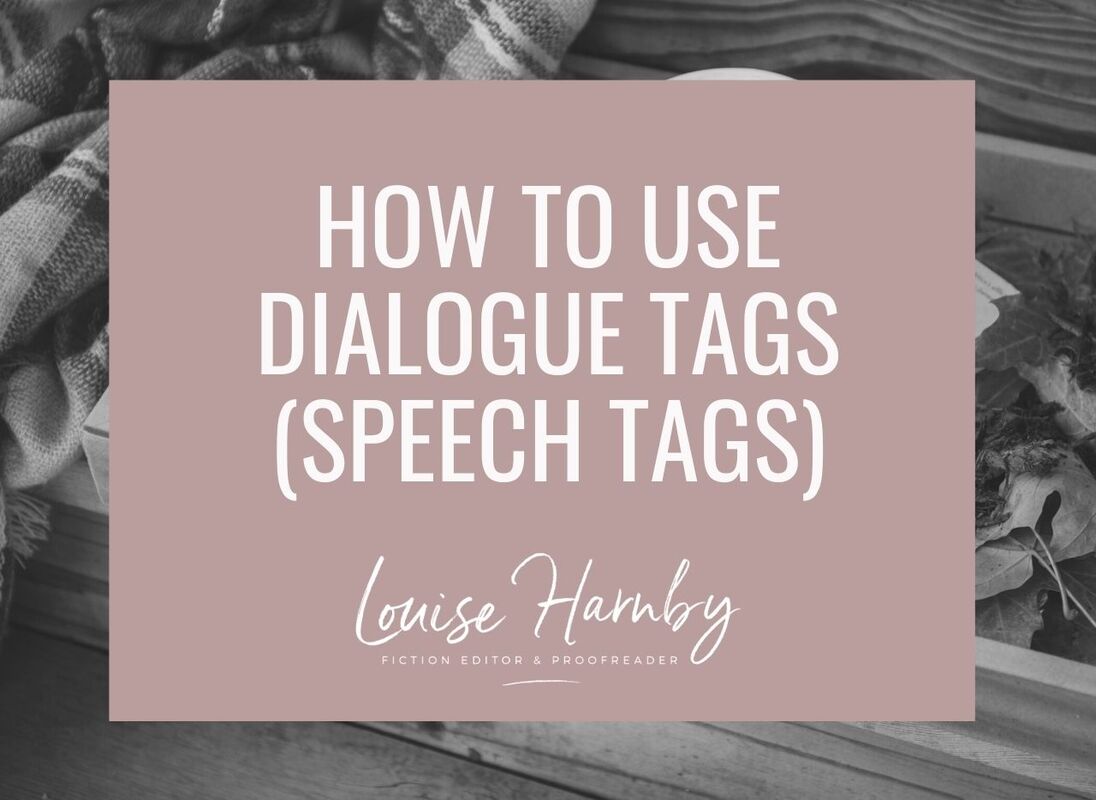
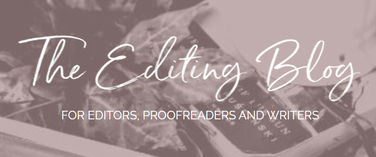


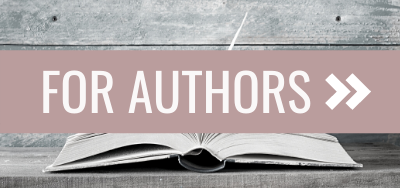
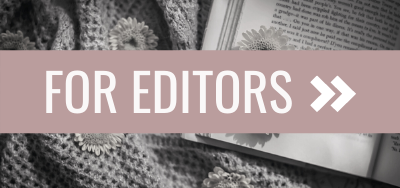
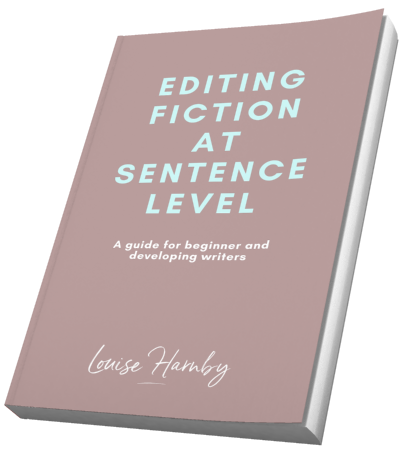
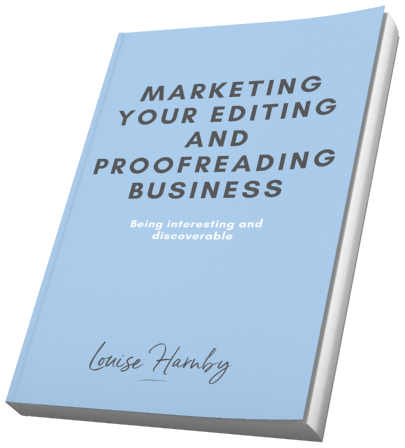
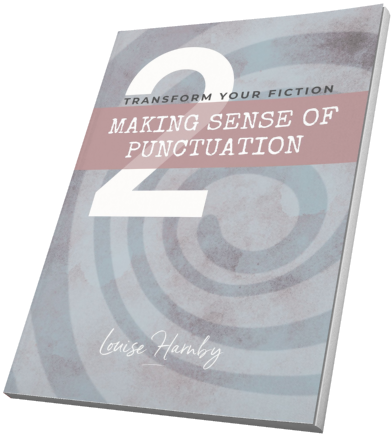
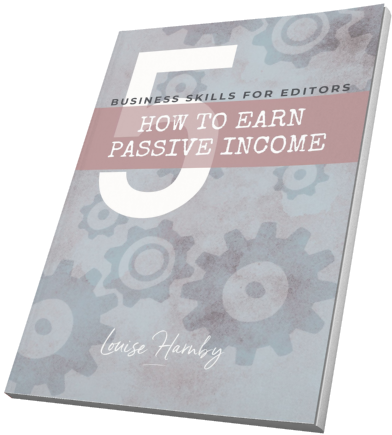
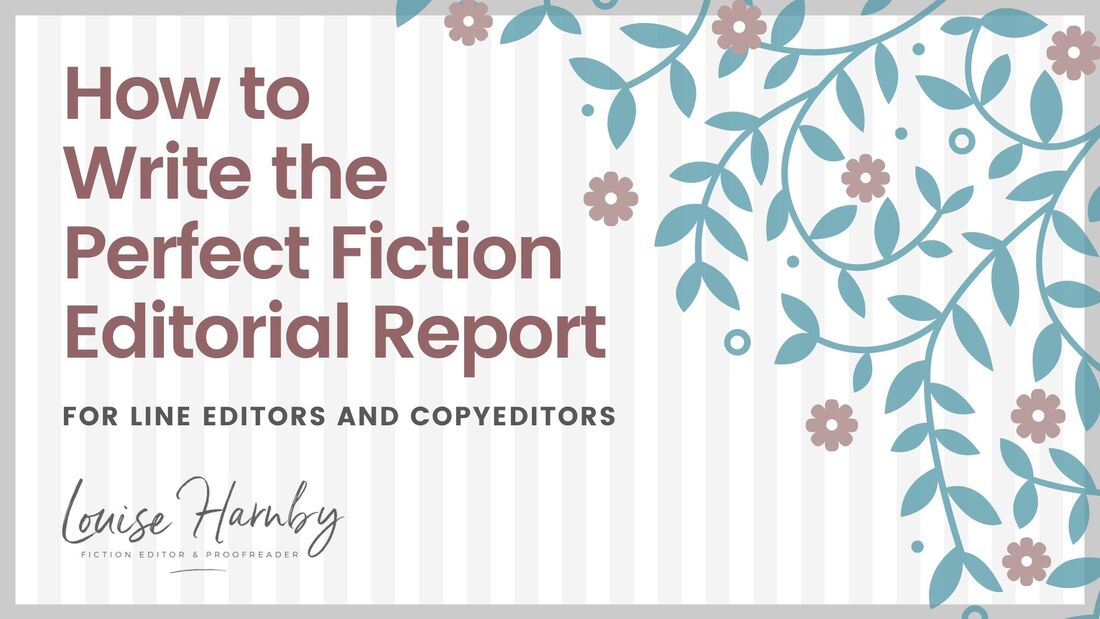
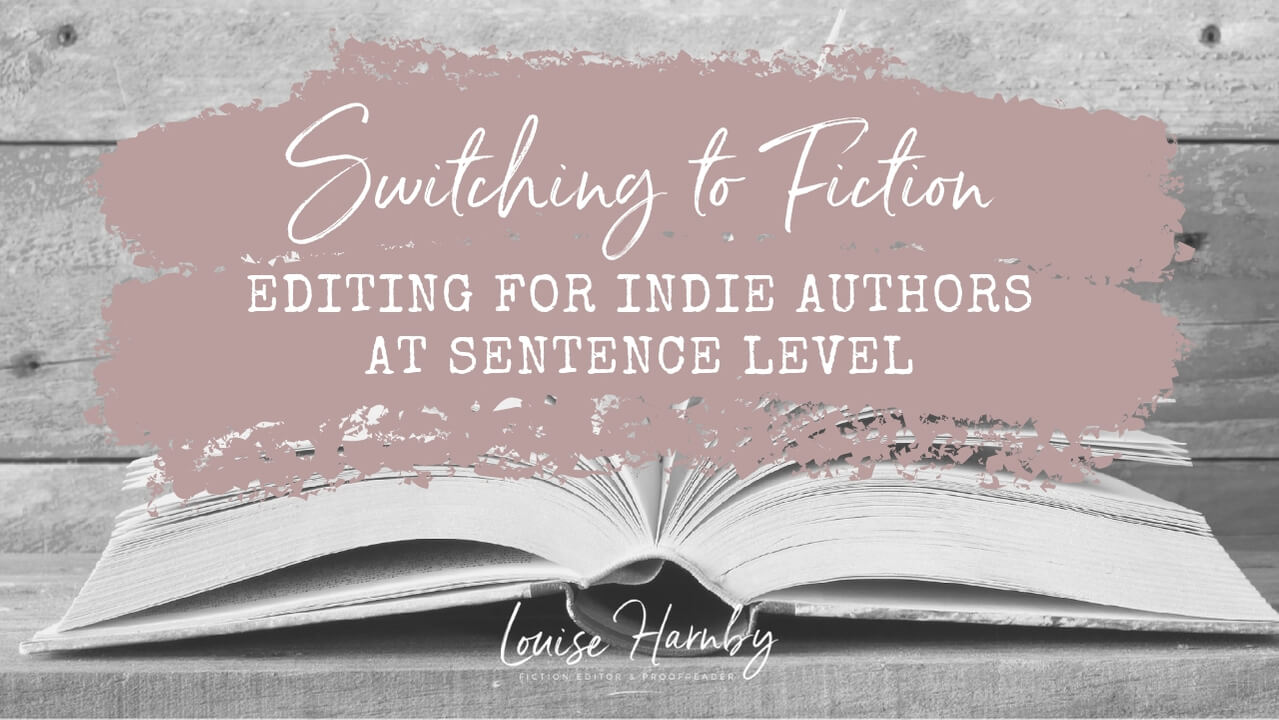
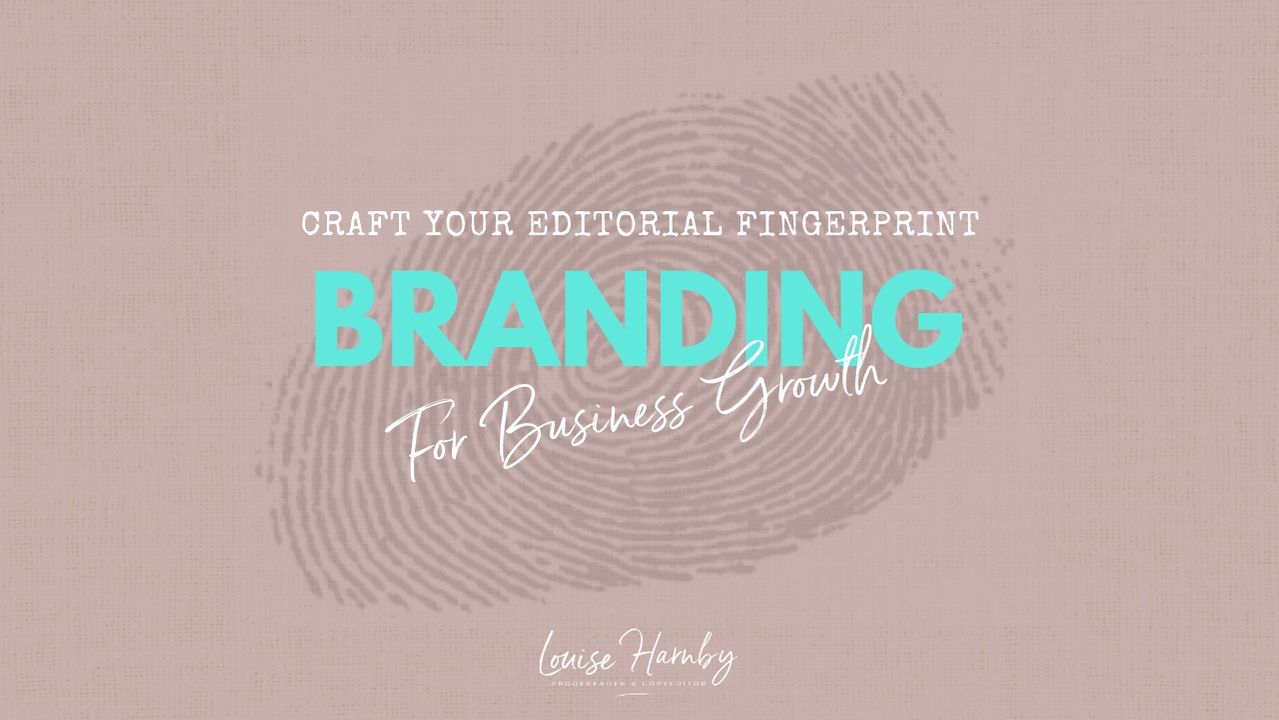
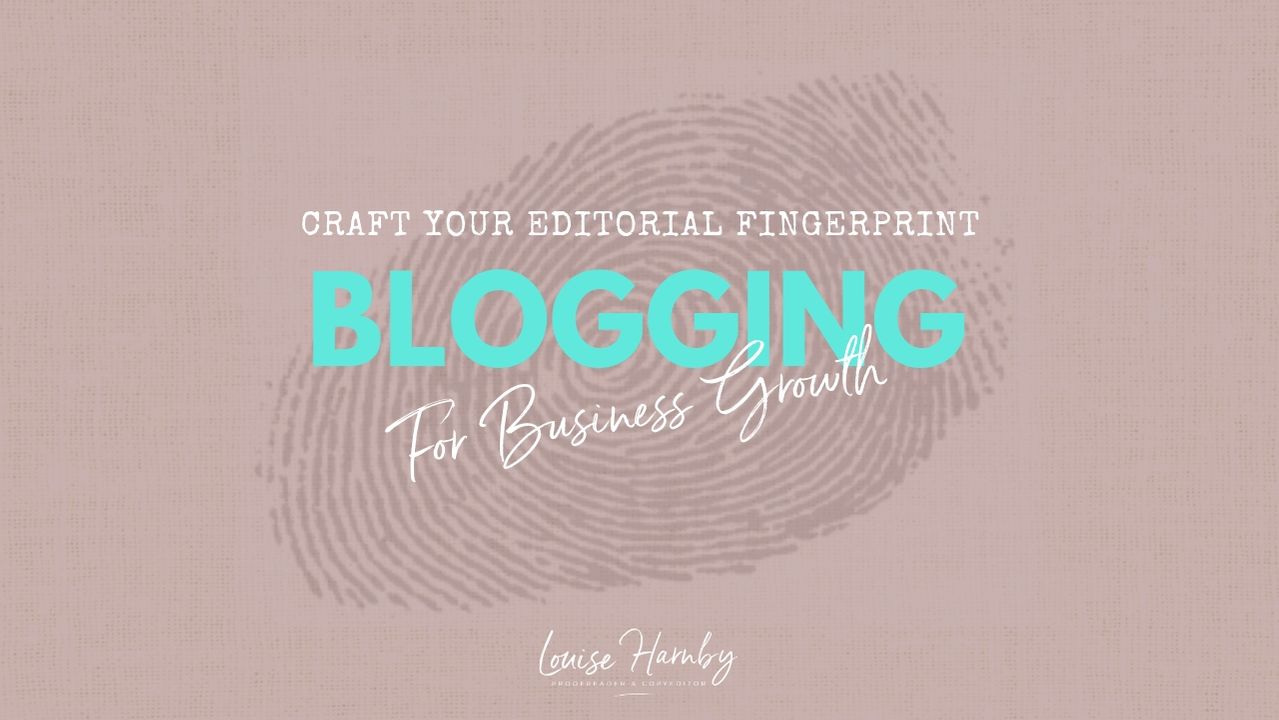
 RSS Feed
RSS Feed





